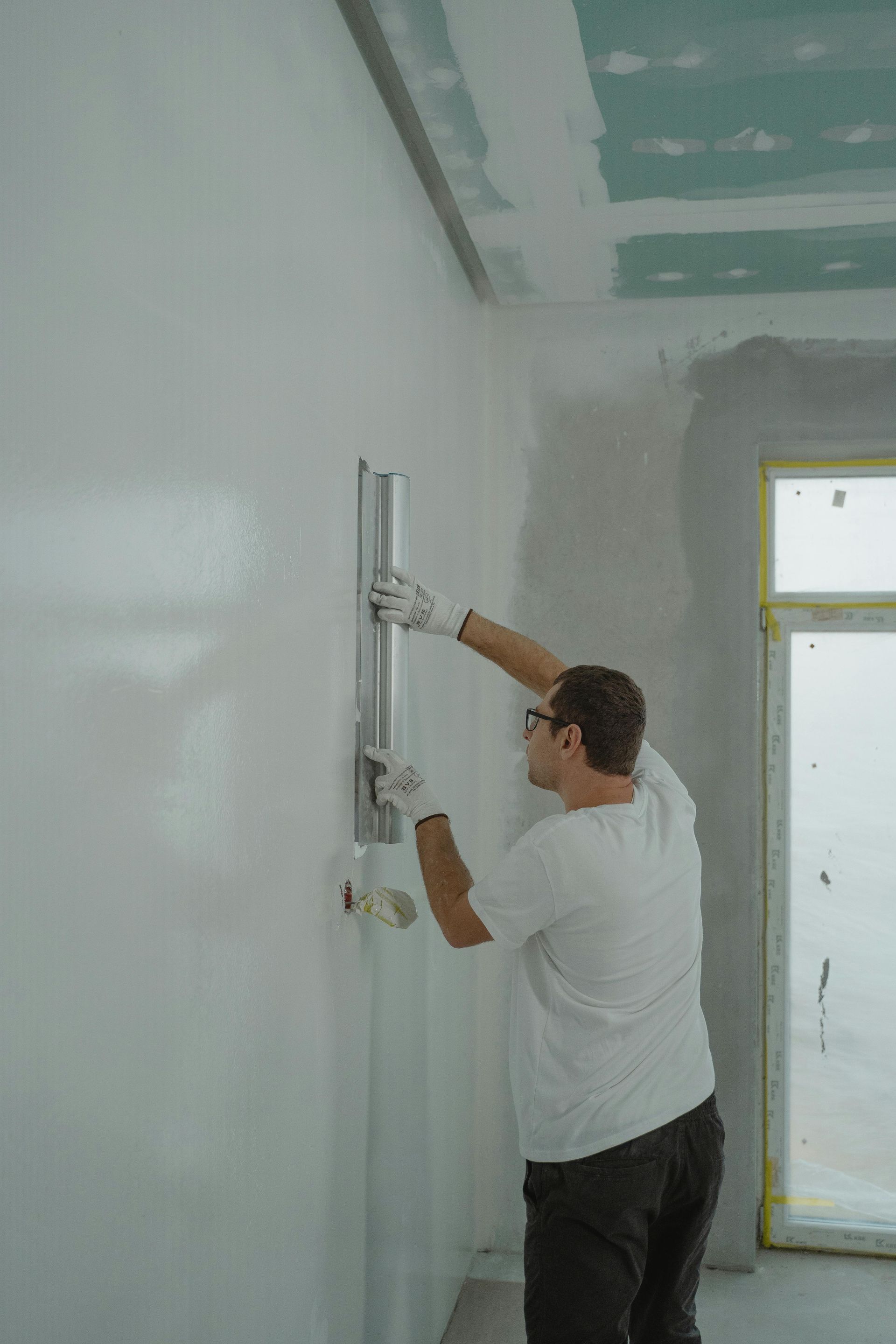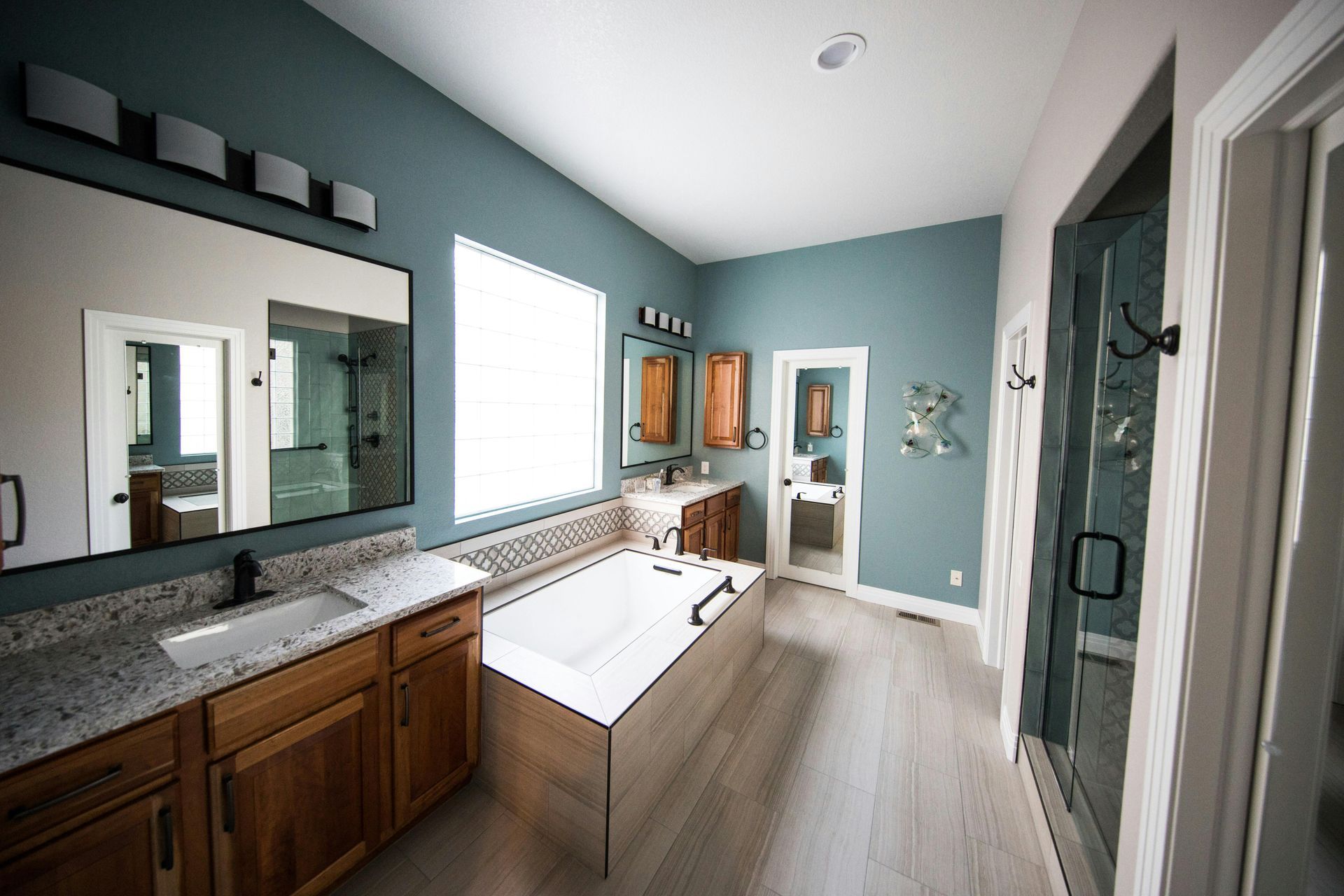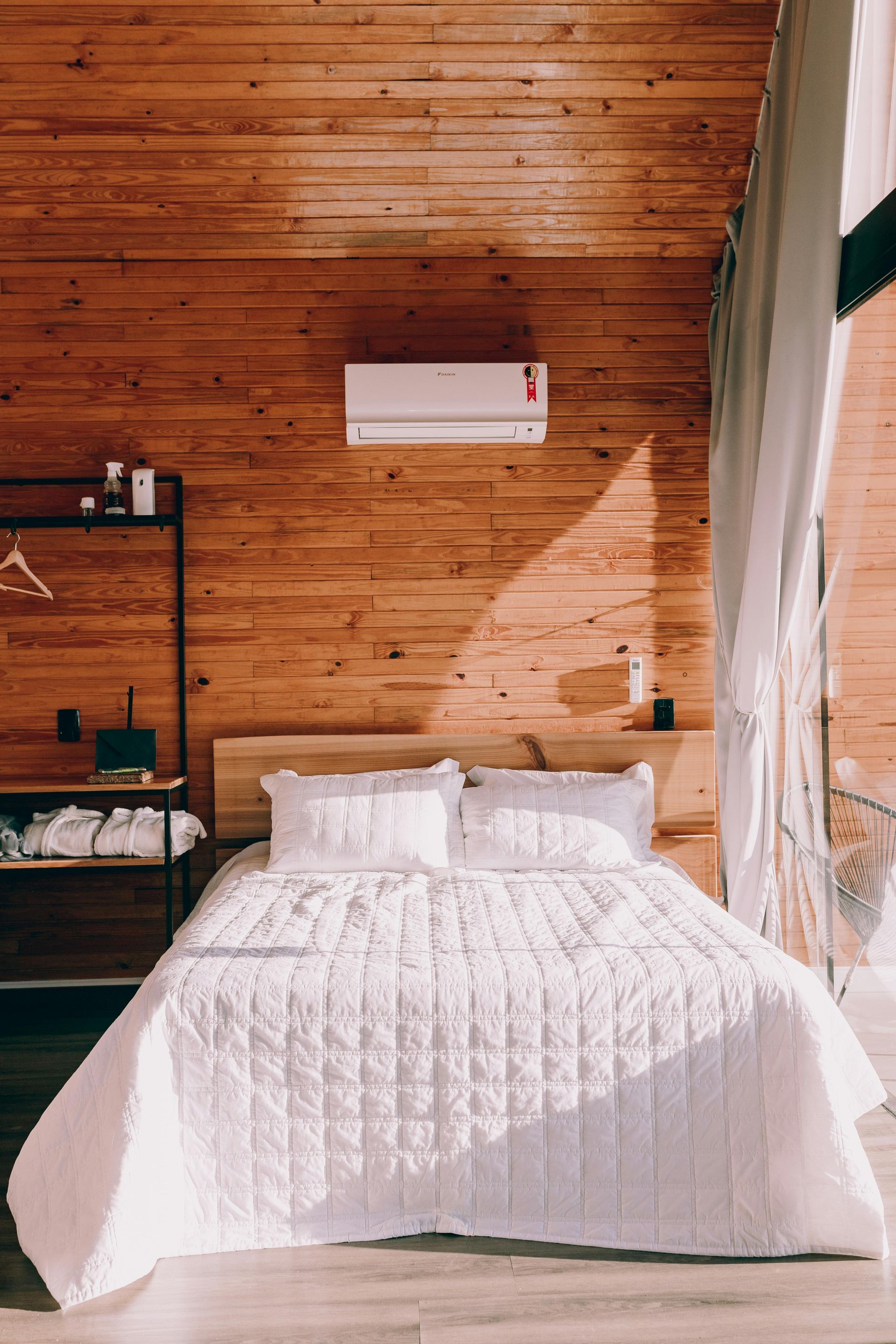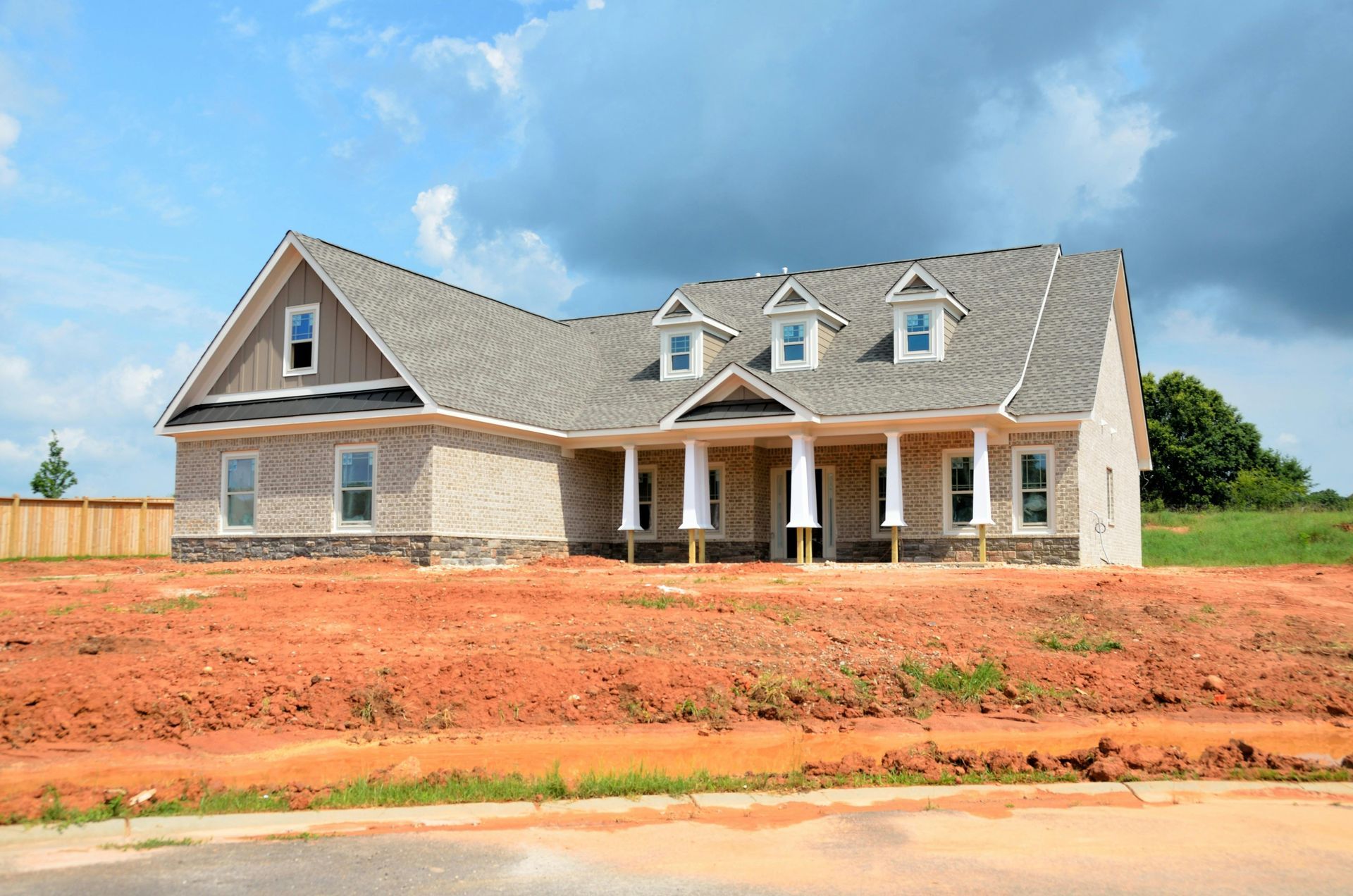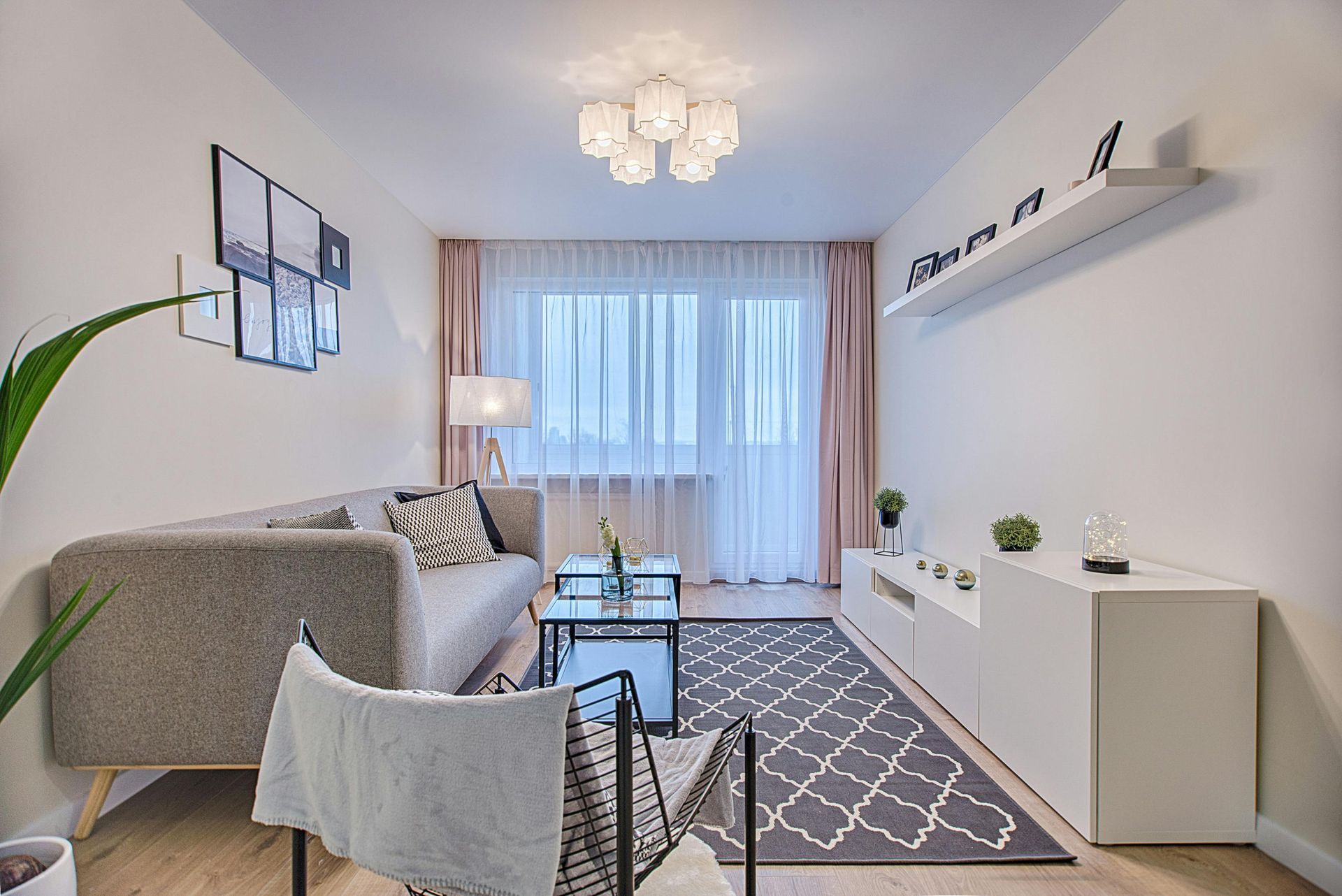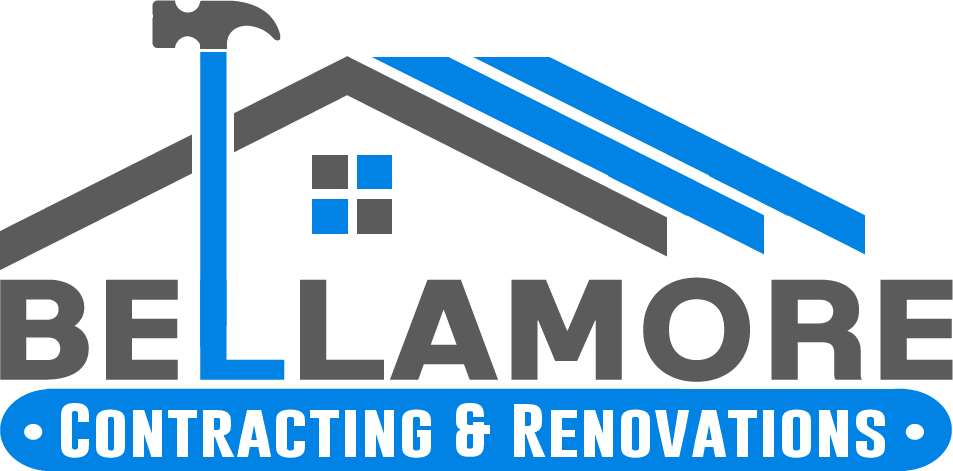Licensed (#RBC-21-01654) & Insured
Local References Available Upon Request
Licensed (#RBC-21-01654) & Insured | Local References Available Upon Request
Creating a Welcoming and Functional Reception Area
A well-designed reception area is the gateway to a business, setting the tone for a visitor’s experience and leaving a lasting impression. As the first point of contact, this space reflects a company’s professionalism, values, and commitment to service. Whether welcoming clients, patients, or potential employees, the reception area should be inviting, functional, and aligned with the brand identity. Thoughtful design choices can transform an ordinary entryway into a space that fosters engagement, efficiency, and comfort.
Understanding the Role of a Reception Area
The reception area serves as more than just a waiting space. It plays a crucial role in managing first impressions, organizing visitor traffic, and supporting administrative tasks. A well-structured reception ensures seamless interaction between guests and staff while maintaining a balance between aesthetics and functionality. The best reception areas combine clear wayfinding, strategic layouts, and an atmosphere that aligns with the company’s industry and ethos.
For businesses that prioritize customer service, the reception should create a welcoming atmosphere that immediately puts visitors at ease. In corporate settings, a sleek and professional aesthetic establishes credibility, while in hospitality or retail, an engaging and immersive design enhances the customer journey. Regardless of the industry, an effective reception area streamlines processes, reduces wait times, and supports positive visitor experiences.
Key Design Elements for an Effective Reception Area
The foundation of a great reception area begins with thoughtful layout planning. An organized space ensures smooth traffic flow, prevents overcrowding, and maintains accessibility. A spacious, clutter-free arrangement allows for easy movement, while distinct zones for check-ins, waiting, and inquiries keep interactions efficient. The strategic placement of furniture, signage, and decor helps create a logical and comfortable environment for both guests and employees.
Furniture selection is another crucial aspect of designing a reception space. Ergonomic seating ensures visitor comfort, especially in high-traffic environments like medical offices or government buildings. Plush, modern chairs enhance aesthetics in luxury settings, while modular seating can adapt to changing business needs. Reception desks should be both stylish and practical, offering ample workspace for administrative staff while maintaining a polished and welcoming look.
Storage solutions contribute to the overall organization and professionalism of the space. Built-in cabinets, under-desk compartments, and decorative shelving help minimize clutter while keeping essential documents and supplies easily accessible. A well-organized reception desk enhances efficiency while maintaining a clean and streamlined appearance.
Enhancing the Visitor Experience with Thoughtful Features
Lighting plays a significant role in shaping the ambiance of a reception area. A combination of natural and artificial lighting creates a warm and inviting atmosphere. Soft, diffused lighting reduces glare and promotes relaxation, while accent lighting highlights architectural features or brand elements. Smart lighting solutions allow businesses to adjust brightness levels based on the time of day, ensuring optimal comfort for visitors.
Color psychology influences mood and perception in subtle yet powerful ways. Warm neutrals and earth tones evoke a sense of calm and stability, making them ideal for healthcare and professional services. Bold, vibrant hues can energize and engage visitors, particularly in creative or tech-focused industries. Choosing a color scheme that complements brand identity while promoting a positive emotional response is key to creating a memorable reception area.
Technology integration enhances efficiency and modernizes the reception experience. Digital check-in kiosks streamline visitor registration, reducing wait times and improving data collection. Interactive touchscreens can provide company information, wayfinding assistance, or entertainment options for guests. Smart displays showcasing real-time updates, news, or personalized greetings contribute to a more dynamic and engaging environment.
Noise management is another factor that impacts comfort and privacy. In busy office buildings or medical facilities, acoustic panels, sound-absorbing furniture, and carpeting help minimize distractions and create a peaceful environment. Background music or white noise machines can also mask disruptive sounds, enhancing the overall experience for guests and employees alike.
Branding and Aesthetic Considerations
A reception area should visually communicate a company’s brand identity. Consistent use of brand colors, logos, and signature design elements reinforces recognition and credibility. Custom wall graphics, branded artwork, and decorative signage offer an opportunity to tell a company’s story while making a strong visual impact.
Material choices also contribute to the aesthetic and longevity of the space. High-quality finishes such as polished wood, glass, or stone create a sophisticated atmosphere, while textured fabrics and organic materials add warmth and dimension. The combination of materials should align with the company’s industry and clientele, ensuring a cohesive and authentic representation of its values.
Transparency and openness in design can also influence perception. Glass partitions or open layouts create an approachable feel, encouraging interaction and trust. On the other hand, enclosed reception spaces with structured seating arrangements may work better for businesses that require confidentiality and discretion, such as law firms or financial institutions.
Optimizing Reception Areas for Different Business Types
Corporate offices benefit from sleek, minimalist reception areas that emphasize professionalism and efficiency. Clean lines, neutral color palettes, and integrated technology solutions create an atmosphere of sophistication and productivity. For businesses that frequently host clients or partners, additional meeting pods or coffee bars can elevate the guest experience.
Medical facilities require reception areas that prioritize hygiene, comfort, and accessibility. Soft, neutral tones and biophilic design elements, such as plants and natural light, help reduce patient anxiety. Clear wayfinding and accessible seating arrangements ensure that all visitors can navigate the space comfortably. Touchless technology, such as automatic doors and self-check-in kiosks, enhances both safety and efficiency.
Hotels and hospitality businesses focus on creating a warm, inviting, and luxurious first impression. Reception areas should incorporate concierge-style service elements, stylish furnishings, and personalized touches that make guests feel valued. A blend of statement lighting, elegant décor, and high-end finishes can create a memorable welcome experience.
Retail and showrooms benefit from engaging reception areas that integrate product displays and interactive elements. Digital signage, product sampling stations, or immersive brand storytelling features can captivate visitors while reinforcing brand identity. The design should facilitate easy browsing while maintaining a welcoming and organized environment.
Sustainability and Eco-Friendly Design
Sustainability is an increasingly important consideration in reception area design. Businesses can incorporate eco-friendly practices by choosing energy-efficient lighting, sustainable furniture, and recycled materials. LED lighting, motion sensors, and smart climate control systems reduce energy consumption while maintaining a comfortable environment.
Indoor greenery enhances air quality and contributes to a more inviting atmosphere. Living walls, potted plants, and biophilic design elements create a connection to nature, promoting well-being and reducing stress. Sustainable materials such as bamboo, reclaimed wood, and recycled textiles further support environmentally conscious design choices.
DIY vs. Professional Reception Area Design
Businesses with limited budgets can implement small upgrades to refresh their reception areas. Simple changes such as rearranging furniture, adding new artwork, or upgrading lighting fixtures can make a noticeable difference. Incorporating branded elements through signage, color updates, or decorative accessories can also enhance visual appeal.
For more comprehensive transformations, working with a professional designer ensures optimal space planning, branding integration, and long-term functionality. Expert designers can assess the specific needs of a business, recommend durable and stylish materials, and create a reception area that aligns with overall company goals.
Maintaining and Upgrading a Reception Area
Regular maintenance is key to keeping a reception area clean, organized, and welcoming. Daily tidying, surface sanitization, and periodic deep cleaning maintain a professional appearance. Furniture and fixtures should be inspected regularly for wear and tear, with necessary updates made to maintain both aesthetics and comfort.
Technology and branding updates should be reviewed periodically to keep the space fresh and aligned with evolving business strategies. Rotating seasonal décor, updating digital displays, and incorporating new interactive features can keep the reception area dynamic and engaging for returning visitors.
The Importance of a Well-Designed Reception Area
An exceptional reception area enhances a company’s image, improves visitor experiences, and supports efficient business operations. Thoughtful design choices, from layout and furniture selection to branding and sustainability, contribute to a welcoming and functional space. Businesses that invest in their reception areas create an environment that leaves a lasting positive impression, reinforcing trust and professionalism. By integrating modern technology, prioritizing comfort, and maintaining a consistent brand aesthetic, reception spaces can truly set the tone for a successful interaction.



